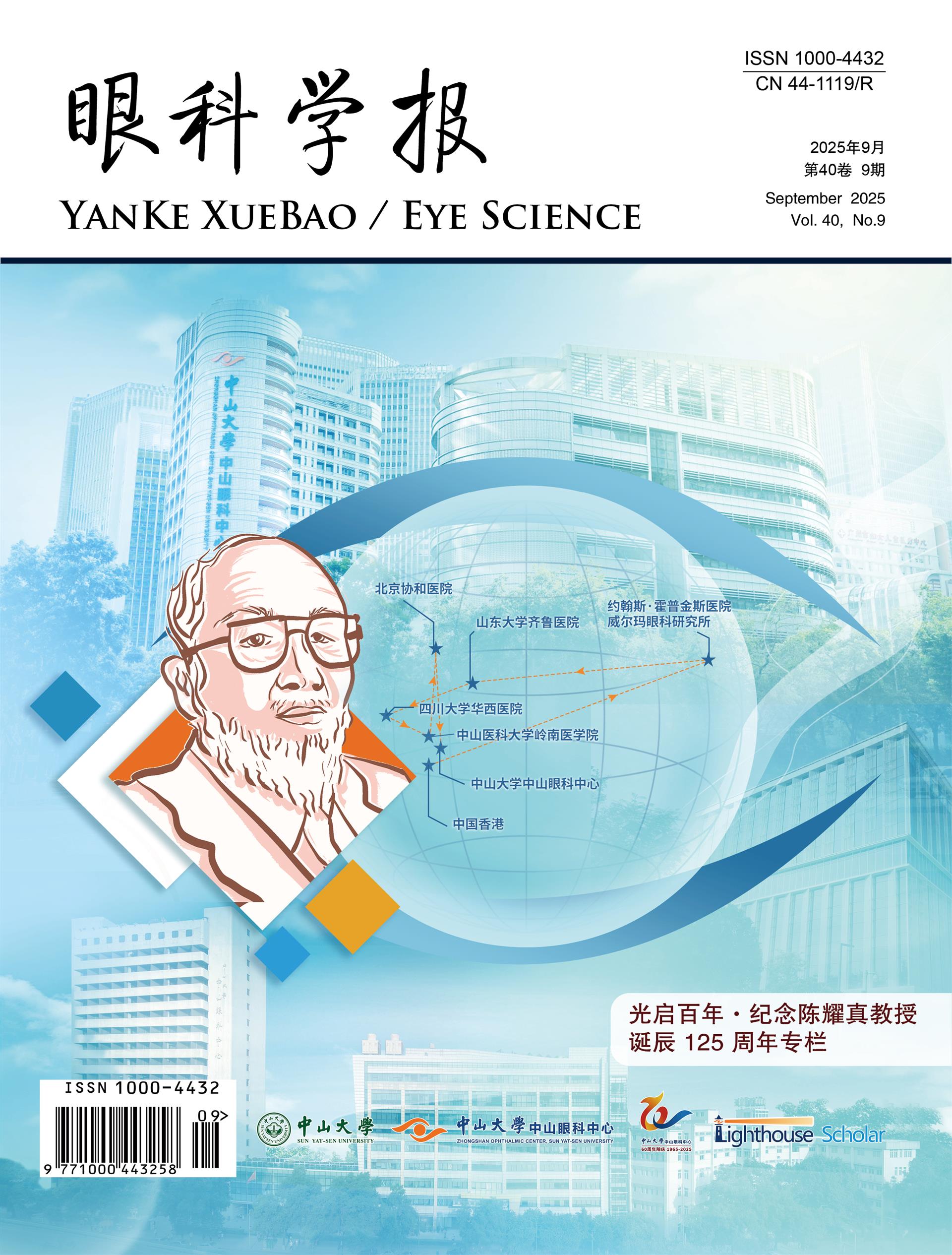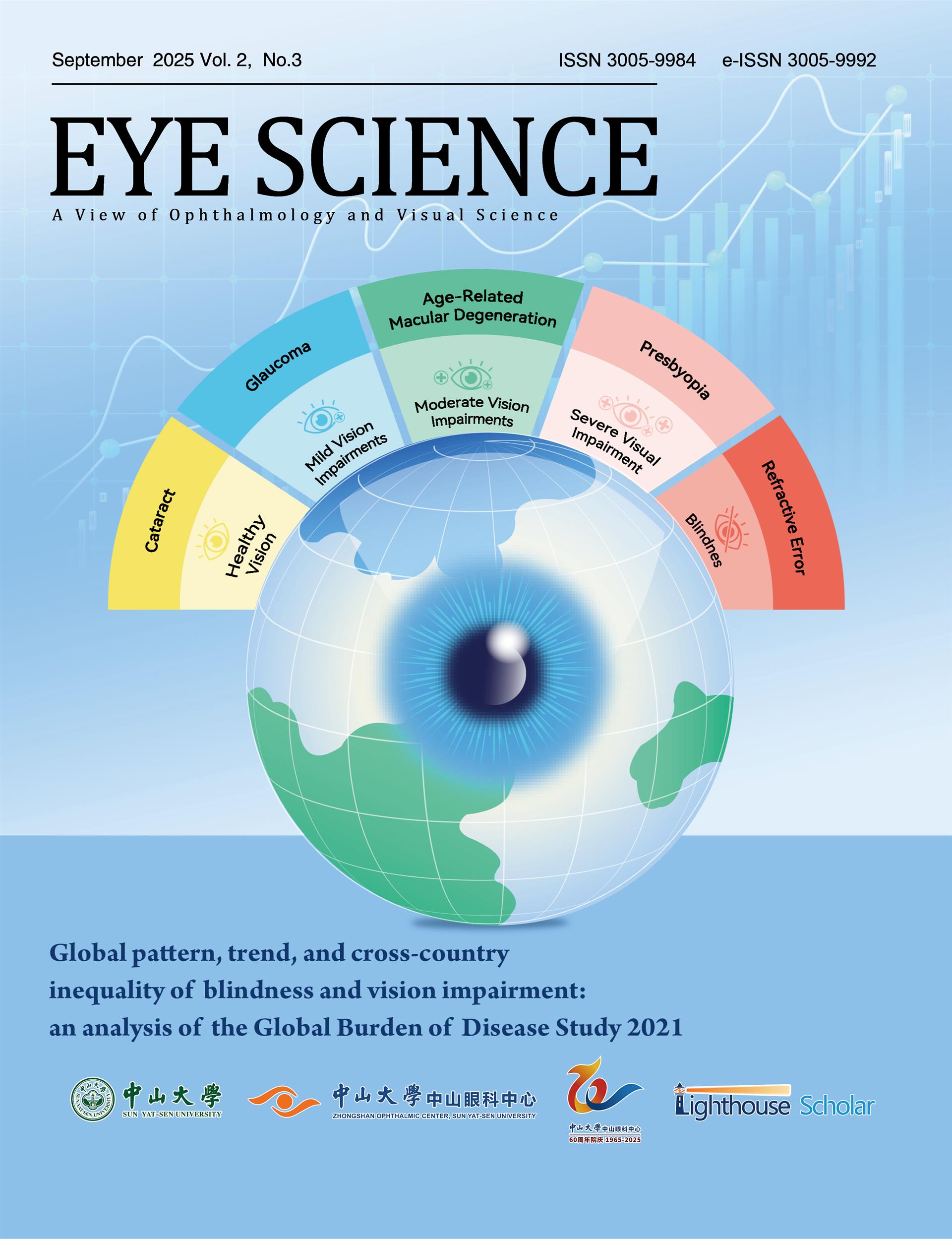Retinal ganglion cells (RGCs) extend through the optic nerve, connecting with neurons in visually related nuclei. Similar to most mature neurons in the central nervous system, once damaged, RGCs are unable to regenerate their axons and swiftly progress to cell death. In addition to cell-intrinsic mechanisms, extrinsic factors within the extracellular environment, notably glial and inflammatory cells, exert a pivotal role in modulating RGC neurodegeneration and regeneration. Moreover, burgeoning evidence suggests that retinal interneurons, specifically amacrine cells, exert a substantial influence on RGC survival and axon regeneration. In this review, we consolidate the present understanding of extrinsic factors implicated in RGC survival and axon regeneration, and deliberate on potential therapeutic strategies aimed at fostering optic nerve regeneration and restoring vision.

















